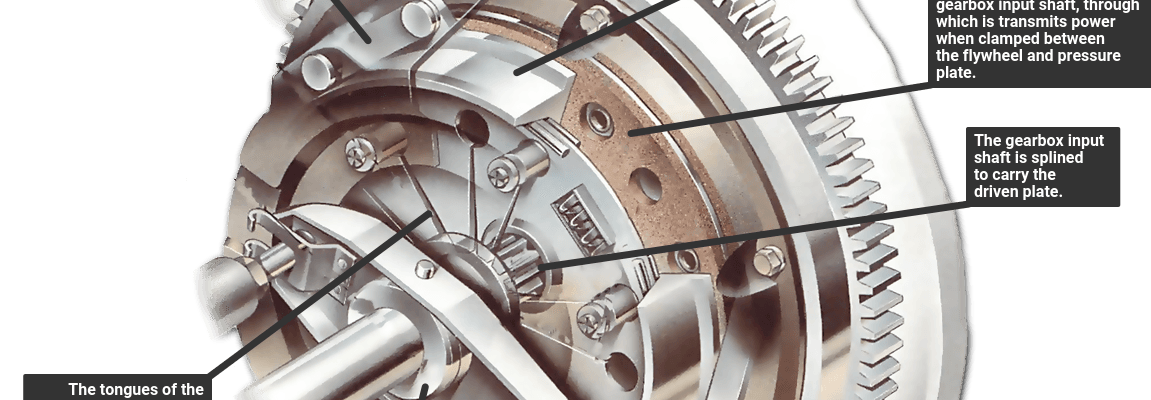
Car Clutxch Part Names, The clutch is an essential component of a vehicle’s transmission system, especially in manual cars. It plays a vital role in connecting and disconnecting the engine from the wheels, allowing smooth gear shifts and control over vehicle speed. For anyone interested in car maintenance or simply wanting to understand how a vehicle works, knowing the car clutch part names is a great place to start. This article explores the key components of a car clutch system and their functions.
1. Clutch Pedal
The clutch pedal is the part of the system the driver interacts with directly. Located on the far left side of the driver’s footwell, it is pressed down to disengage the clutch, allowing the driver to change gears or stop the car without stalling the engine.
2. Clutch Disc (Friction Disc)
The clutch disc, also known as the friction disc, is one of the most crucial parts of the clutch system. It is located between the flywheel and the pressure plate. When the clutch is engaged, the disc presses against the flywheel, transmitting power from the engine to the transmission.
3. Pressure Plate
The pressure plate is a heavy metal plate connected to the flywheel. It applies pressure to the clutch disc, pressing it against the flywheel to transfer power. When the clutch pedal is pressed, the pressure plate releases the clutch disc, disengaging the power flow.
4. Flywheel
The flywheel is a large, heavy disc attached to the end of the engine’s crankshaft. It serves as a mounting surface for the clutch disc and provides a smooth surface for it to press against. The flywheel also helps to keep the engine running smoothly by storing rotational energy.
5. Throwout Bearing (Release Bearing)
The throwout bearing, or release bearing, is activated when the driver presses the clutch pedal. It pushes against the pressure plate’s release fingers, allowing the pressure plate to move away from the clutch disc and disengage the clutch.
6. Clutch Fork
The clutch fork is a lever that helps transfer the movement of the clutch pedal to the throwout bearing. It pivots to push the bearing into the pressure plate when the clutch pedal is depressed.
7. Pilot Bearing or Bushing
Located at the center of the flywheel, the pilot bearing or bushing supports the end of the transmission’s input shaft. It allows the input shaft to rotate freely when the clutch is disengaged, ensuring smooth gear shifts.
8. Clutch Cable or Hydraulic System
Depending on the vehicle, the clutch system may use a mechanical cable or a hydraulic system to transfer the movement from the clutch pedal to the clutch fork. Hydraulic systems use fluid and are generally smoother and easier to operate than cable systems.
Conclusion
Understanding car clutch part names is beneficial for anyone learning about car mechanics or facing clutch-related issues. Knowing each component’s role helps in diagnosing problems and communicating effectively with mechanics. Whether you’re a car enthusiast or a new driver, this knowledge empowers you to better maintain your vehicle and ensure a smoother driving experience.
You Might Also Like These:

Leave A Comment